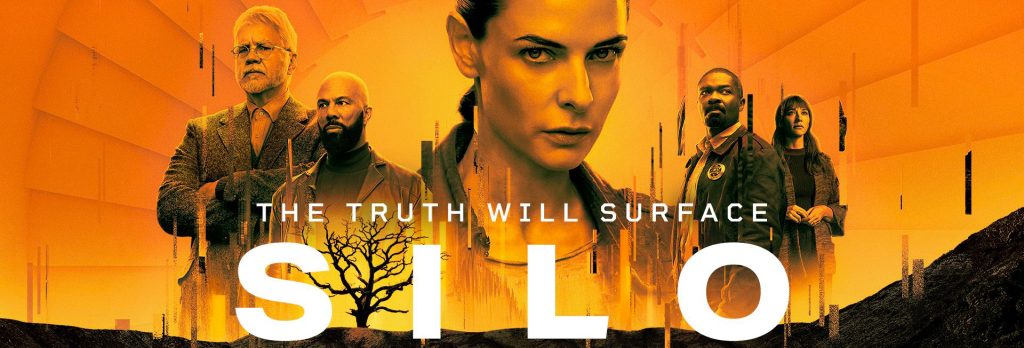I apologize in advance to my friends at NASA, who are eagerly anticipating the results of my research. Many of them have taken an interest in what I’m doing, but I believe they are going to be surprised to discover something. I know I was.
Molly’s story is about people and relationships, not about gadgets and gizmos. As a geek, (and someone who likely suffers from an autism spectrum disorder) I was confused by the focus of my source material. The vast majority of it recounts conversations, feelings, people and places.
Then, something occurred to me: Would I write the following in my diary?:
5/28/2009 – My wireless personal communicator vibrated to life, sending out a shrill version of a hip-hop song that only sounded decent with the sort of bass impossible with such a small speaker. I grabbed the small device, checking the OLED outer screen that gave me a visual representation of the person calling. It was my wife.
I opened the communicator, admiring the arrangement of a myriad number of buttons. What a marvelous device, capable of snapping pictures that contain over three million individual pixels, store thousands of songs, and even log into the global computer network to pull up maps and satellite photos of any place on the planet.
The power of the small machine was astounding. I pressed it to my ear, all that technology thrumming in the palm of my hand.
“Hello?” I said.
It was my wife. She wanted to make sure we had something to entertain us tonight. An optical video disc that would project high definition images to our flat-screen plasma display. We did, but there was a problem…
…we’d seen them all.
I threw the personal global photographic personal communicator into the small pouch on the front of my leggings and grabbed my keys. Outside, I punched a button on the fob, sending micro-pulses of radio activity to a sensor in my vehicle. It recognized the signal and servos sprung to life, unlocking the doors.
Settling behind the wheel, I cranked the engine of my 1997 Geo Metro and studied the dash. The fuel gauge was low, but I had bigger problems: a danger indicator in the shape of a small combustion engine was flashing. It had been doing this for eight years. Would today be the day? I tried to push the horror out of my mind.
The Geo Metro eased out of my parking hangar and onto the streets. Hundreds of makes and models of enclosed personal transportation devices hummed and zoomed along. Most of them were much larger than my Geo, but all of them contained a single human. I merged with the flow carefully and was swept along like flotsam on a swift current.
One of the many food warehouses loomed on my right, its tall sign supported by a single column of steel and lit up with hundreds of internal LED lamps. I docked my 1997 Geo Metro in an empty space and hurried to the large, squat building.
Sensors anticipated my arrival, my body breaking their unflagging concentration, and two motorized doors swished to either side. I shook my head at the genius of the arrangement. If I had my personal communicator out, and I was sending a textual update to my Facebook page, or composing a 160-word addendum to my Twitter account, I could have done so without pausing to grasp a door handle.
They had thought of everything.
I tried not to get distracted… I was only here for one thing, and thankfully, the large red machine didn’t have a line. My wallet was already out, my personal banking chip sliding out of its housing. For just a moment, I became lost in the mesmerizing hologram stamped on the front. Bank of America. The colors shimmered and danced above the surface. I turned the chip over and noted the dark magnetic strip on the rear. All of my banking info was stored here with thousands of 1’s and 0’s.
The chip slid through the receptacle on the red machine. Flipping through the options, I ruled out anything that I might enjoy. I needed something with two people on the cover, preferably one of each sex. If Angelina Jolie or Jennifer Aniston was the female, there would be bonus points in my wife’s unconscious tally. I found an optical video disc that suited and pressed a button, listening to the whirring and clicking of hundreds of gears as my choice was being delivered by the robotics within…
Ahem. Yeah. See the problem? Nobody writes like this. Except, perhaps, unpublished sci-fi authors. We are all constantly using technology that we do not understand. We don’t know how the stuff is made, the scientific principles of their operation, heck… we don’t even know how to use the majority of its functions. My simple oven is capable of things that I will never use it for.
We live in a world of yesterday’s science fiction–and we don’t even know it. The same is true of Molly Fyde. The story she left behind (or is going to leave behind) is one of emotions, not of science. The fact that it takes place in the future means less than one would think. Just as Homer’s poems speak to me across thousands of years of unchanging human emotions, so does Molly’s adventures, which are just 400 years away.
So, for those of you who want to know how every little gadget in Molly’s time works, you’re not alone. I’m curious as well, and I’m doing my best to uncover what I can. But, the more I learn about Molly and her friends, the less these details bother me for inclusion in my narrative. I’m not going to write this like my sample, above. I’m just going to tell the story, which is primarily about these amazing people and the love and devotion that forms between them.


Leave a Reply